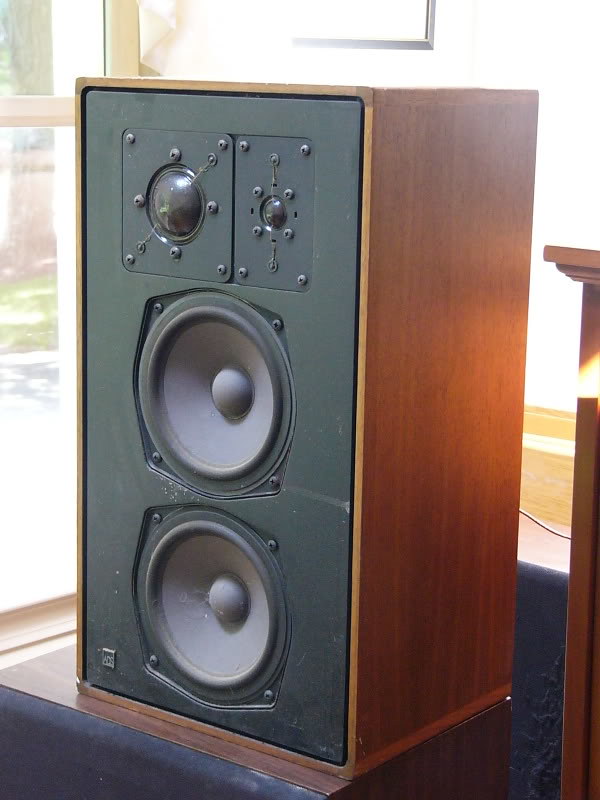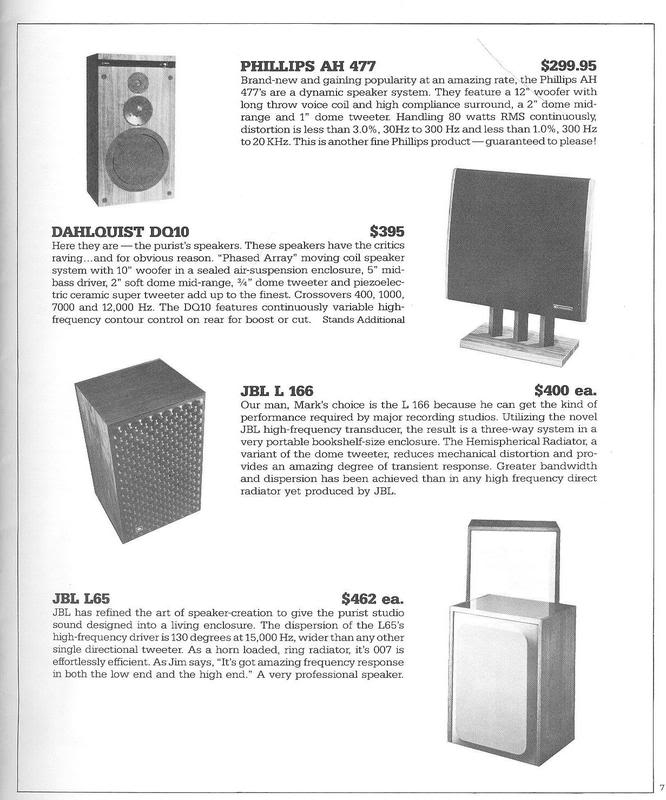There is an old trick, beloved of, e.g., Henry Kloss -- the "cone/dome" hybrid tweeter.
These were, in fact, nothing of the sort

but rather were cone tweeters with domed dustcaps. The dome would, so ol' Henry claimed, improve high frequency dispersion, while the cone allowed a lower crossover frequency.
It was (
I think) a gambit similar in intent to the whizzer cone in an 'extended range' driver, and it
may have helped give a broader useable bandwidth to (inexpensive) cone tweeters much beloved (again) by ol' Henry and used in many of his designs (and/or others' designes to which he attached his name or his brand).
View attachment 106580
Note the
bulbous dustcaps on the tweeters on these Cambridge Soundworks (CSW) Model Sixes.
View attachment 106581
(or on this much older KLH Model 24)
PS many cheap Radio Shack "monkey coffins" of the 1970s and into the 80s used cones
extremely similar (at least morphologically) to Kloss's cone/domes (i.e., the tweeters used in the CSW Model Six looked
a lot like some of the R/S tweeters of the same era).
View attachment 106582
Here's a pretty randomly chosen example (not the best possible example, but easy to find!) -- from 1990
https://www.radioshackcatalogs.com/flipbook/1990_radioshack_catalog.html


 P1020547
P1020547 AH477etc
AH477etc